Ms Sheila Ryan, Registered Advanced Nurse Practitioner, outlines holistic patient assessment for psoriasis
Psoriasis is a common, chronic, inflammatory skin disease. It typically follows a relapsing and remitting course. However, in moderate-to-severe disease, there are fewer if any remission periods without treatment. Psoriasis affects over 125 million people worldwide. In Ireland, 73,000 people in Ireland have psoriasis, with up to 6,000 individuals developing the disease each year. It is estimated that 9,000 individuals have severe psoriasis in Ireland. Psoriasis can occur at any age and the majority of cases occur before the age of 35.
Clinical presentation
Psoriasis lesions can appear anywhere on the skin’s surface and can occur as single or multiple lesions.
There are variable classifications of psoriasis. They are as follows:
Plaque psoriasis: This is the most common form of psoriasis. Clinical appearance is red, well-defined plaques with silver scale (see Figure 1). The most common sites are elbows, knees and scalp. In addition, psoriasis can be seen in the nails and in the gluteal cleft. Psoriasis in these sites can help differentiate the condition from other skin conditions and can prove useful in diagnosing the condition.
Guttate psoriasis: This is the most common presentation in children and young adults. This type of psoriasis is characterised by multiple small plaques with fine scale. Its appearance is often likened to a raindrop or teardrop appearance and this appearance is what gives guttate psoriasis its name. Gutta is Latin for ‘drop’. Guttate psoriasis is often precipitated by streptococcal sore throat.
Scalp psoriasis: Scalp psoriasis can occur on its own or in combination with the other types. Clinical appearance can vary, from dry scale to thick plaques with thick adherent scale.
Flexural psoriasis: Flexural sites are areas where skin meets skin, ie, axillae, umbilicus, sub-mammary areas and groins. This type of psoriasis appears different from other types. There is often an absence of scale and the plaques are smooth but usually well demarcated.
Erythroderma: In erythroderma, the patient presents with generalised redness covering the entire body with varying levels of scale (see Figure 2). The patient may feel systemically unwell and may be experiencing rigours, fluid and electrolyte imbalance, as well as fatigue and skin discomfort. This can be the initial presentation, or it may occur in patients with a history of stable psoriasis. This type of psoriasis is regarded as unstable disease. Potential triggers for this form include steroid withdrawal, infection and drugs. Erythroderma can occur in a range of other skin disorders. For patients with no history of psoriasis, differential diagnosis includes eczema, drug reaction, lymphoma and pityriasis rubra pilaris.
Localised pustular psoriasis: This form of psoriasis affects the palms and soles only. Initially, the skin is inflamed, with sterile yellow pustules, then the pustules dry to form brown patches (see Figure 3). It can be a very disabling condition.
Generalised pustular psoriasis: This is an acute presentation and should be regarded as a dermatological emergency. The skin is very inflamed, with clusters of pustules, which coalesce (see Figure 4). The patient may appear toxic, with fever and skin pain. This condition is rare and is often precipitated by use of potent topical steroids or systemic steroids. Patients presenting with this condition often require hospital admission.
Nail psoriasis: Nails changes in psoriasis can appear as pitting,onycholysis (accumulation of yellow scaly debris under nail plate), oil-spot lesions (localised separation of nail plate which looks like a spot of oil), and nail deformity. Nail psoriasis can occur without any other skin involvement. Patients with nail psoriasis are more likely to have psoriatic arthritis. It is therefore important to ask these patients if they are experiencing joint pain or early-morning stiffness.
Differential diagnosis
Psoriasis is usually diagnosed on its clinical appearance. However, in certain cases a biopsy will be done to confirm diagnosis. Differential diagnoses include seborrheic dermatitis, discoid eczema, mycosis fungoides, pityriasis rosea and drug-induced eruptions. Initial assessment of the patient should include confirmation that the patient has psoriasis.
Comorbidities in psoriasis
It is now recognised that psoriasis is an immune-mediated systemic disease. Psoriasis is associated with many comorbidities, including psoriatic arthritis, cardiovascular disease, metabolic syndrome, obesity and depression. Psoriasis can have profound functional and psychosocial morbidity on the individual. The writer John Updike, who was a psoriasis sufferer, described the experience as follows:
“I am silvery scaly. Puddle of flakes form wherever I rest my flesh. Lusty, though we are loathsome to love. Keen-sighted, though we hate to look upon ourselves. The name of the disease, spiritually speaking, is Humiliation.”
Patients with psoriasis will often report feelings of stigmatisation and social isolation. It is also reported that those with severe disease will experience employment difficulties and an additional financial burden with sick days and medical expenses.
Joint disease is present in approximately 20 per cent of patients with psoriasis. Many patients will not be aware they have psoriatic arthritis. They need not associate their skin and joint symptoms as being part of the same disease process.
However, to limit long-term joint damage, it is necessary to intervene early with treatments.
Population studies have shown that patients with severe psoriasis are at greater risk of cardiovascular disease and metabolic syndrome. It is thought that the immune pathway in psoriasis contributes to obesity and insulin resistance. This in turn leads to cardiovascular disease and metabolic syndrome. Metabolic syndrome encompasses a group of cardiovascular risk factors, which include abdominal obesity, hypertension, dyslipidaemia and insulin resistance. The National Cholesterol Education Programme defines metabolic syndrome as occurring when a person has at least three of the following five criteria:
Waist circumference 40 inches or greater in men or 32 inches or greater in women.
Triglycerides ≥1.7mmol/L or on treatment for hyperlipidaemia.
HDL cholesterol ≤1mmol/L in men and ≤1.30mmol/L in women or on treatment for same.
Blood pressure 130/85mmHg or higher or on treatment for same.
Fasting glucose ≥6.1mmol/L or on treatment for same.
Assessment
Accurate assessment of psoriasis is important for the delivery of effective care.
A full skin exam is an essential part of examining the patient with psoriasis. This should not only include examination of the psoriatic skin, but should also include assessment for any skin tumours. Many patients with psoriasis will have used ultraviolet light or immunosuppressive treatments to manage their disease. This means that patients with psoriasis may be at an increased risk of developing pre-cancerous and cancerous lesions.
Disease severity assessment
There are various tools to assess disease severity. These include Body Surface Area (BSA), Physician Global Assessment (PGA) and the Psoriasis Area Severity Index (PASI). The simplest is the PGA. It is not solely used in psoriasis. It can be a three-point scale of mild, moderate and severe; or a five/six scale of the following categories: Clear, almost clear, mild, moderate, severe, and very severe. The disadvantage is that the tool is subjective.
Assessment of BSA is a more objective tool and also easy to do. In this tool, the palm of the patient’s hand, including the fingers and thumb, represents 1 per cent of body surface area. Up to 3 per cent BSA is considered to be mild psoriasis, 3-to-10 per cent BSA moderate psoriasis, and greater than 10 per cent severe disease. This tool is also used in a number of other skin diseases. The PASI, as the name suggests, is a psoriasis-specific assessment tool. It is widely used in clinical studies and in secondary care to assess disease severity and treatment response (indicated by a reduction in severity scores). The tool was developed to assess the effects of retinoid treatment in psoriasis. A copy of the tool is freely available on the British Association of Dermatologist (BAD) website, www.bad.org.uk.
In the PASI, the level of redness, plaque induration and scaling is assessed in four body regions (head and neck, upper limbs, and lower limbs, including buttocks and trunk). These clinical characteristics are assessed on a five-point scale: 0 (none), 1 (mild), 2 (moderate), 3 (severe), 4 (very severe). Next, the percentage of skin affected in each area is given a numerical score. This is a six-point scale, 0 (0 per cent), 1 (1-to-9 per cent), 2 (10-to-29 per cent), 3 (30-to-49 per cent), 4 (50-to-69 per cent), 5 (70-to-89 per cent), and 6 (90-to-100 per cent). The score for each region is added and then multiplied by a region’s body surface area pre-set score (see Figure 5). To get a final score, each region score total is added. The maximum score is 72. A PASI score of 10 or higher indicates moderate-to-severe disease. This score should not be confused with PASI 50, 75 or 90, which represents a 50 per cent, 75 per cent or 90 per cent improvement in disease severity.
The advantage to using all of these tools is that they can be used to document and evaluate response to treatment. Their use will also help when referring patients for specialist care.
Quality-of-life assessment
As stated previously, the effect of psoriasis is not solely confined to the skin. A holistic assessment should include an assessment on effect of psoriasis on quality-of-life. The Dermatology Life Quality Index (DLQI) is commonly used to assess psychosocial effect of skin disease. The tool is available online at www.dermatology.org.uk and the BAD website. It consists of 10 questions, with questions on symptoms, feelings, daily activities, leisure, work and personal relationships. The score ranges from 0-to-30. A score <5 represents none-to-small effect, score 6-to-10 is a moderate effect, and 11 or greater is a large or very large effect on quality-of-life. This tool is an aid to assessing the effect of psoriasis on quality-of-life but is not without its limitations. Patients with long-term, severe disease can have low scores, as they have normalised their symptoms and can have low expectations of care. It is therefore essential to ask the patient about their symptoms and problems they are experiencing with their psoriasis.
Assessment for comorbidities
As previously discussed, there are a number of comorbidities associated with psoriasis. Early diagnosis of these conditions is important to halt their negative consequences. All patients with psoriasis should be asked if they experience joint pain. In addition, they should be asked if they experience heel or elbow pain, swollen painful digits and early-morning stiffness. The Psoriasis Epidemiology Screening Tool (PEST) captures these responses. It is available on the BAD website. NICE recommends that patients who do not have a diagnosis of psoriatic arthritis complete this questionnaire on an annual basis. A score of three or more indicates that a referral to rheumatology may be needed.
Severe psoriasis is now recognised to be an independent risk factor for cardiovascular disease. As a consequence, NICE recommends that patients with severe psoriasis are screened initially at presentation and have further assessments every five years or more frequently, if indicated. Cardiovascular assessment should include the following:
Blood pressure checks.
Waist measurement.
Body mass index measurement.
Fasting cholesterol and lipid profile.
Advice on smoking cessation, if applicable.
Conclusion
Detailed assessment is important to determine the most effective treatment pathway for patients with psoriasis. This assessment should include a full skin exam, as well as quality of life, joint disease and cardiovascular assessments.
Early assessment will help to encourage patients to seek treatment and make the necessary lifestyle changes. Primary care is well placed to initiate holistic patient assessment that will guide future care provision.
References on request
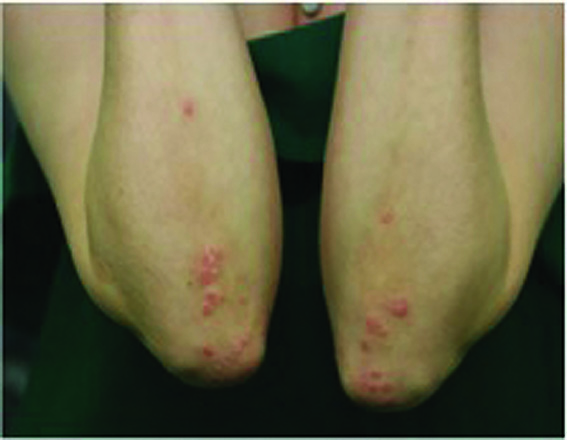

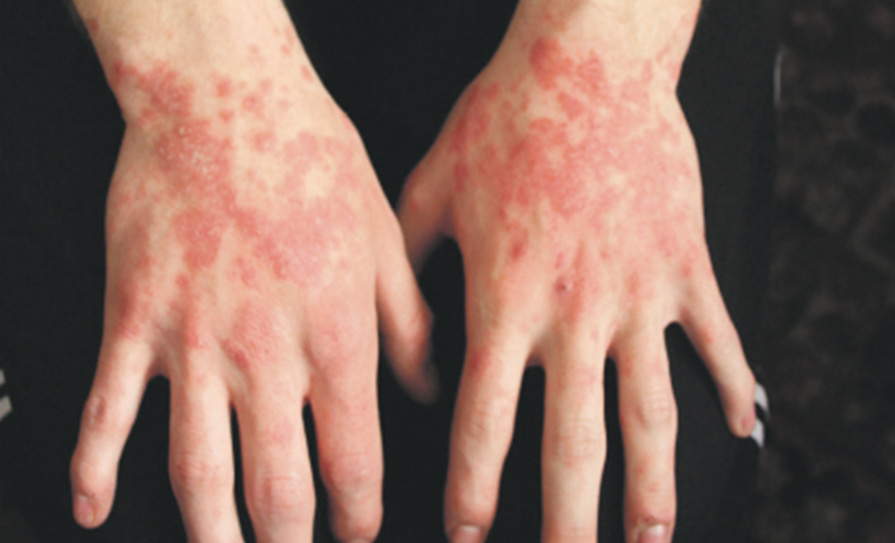
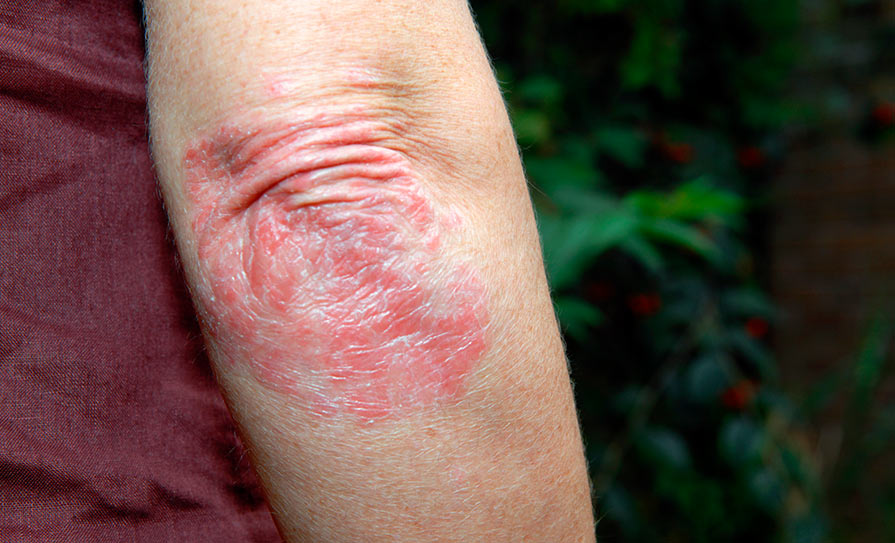

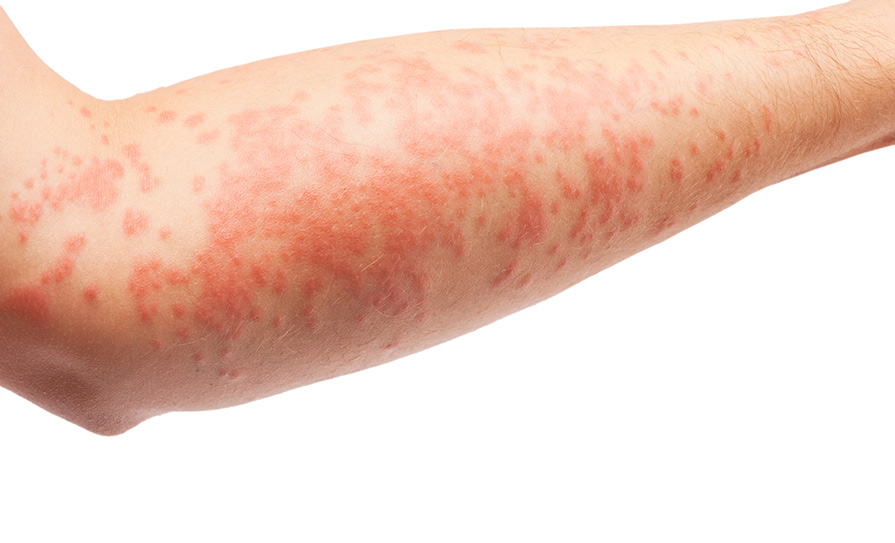

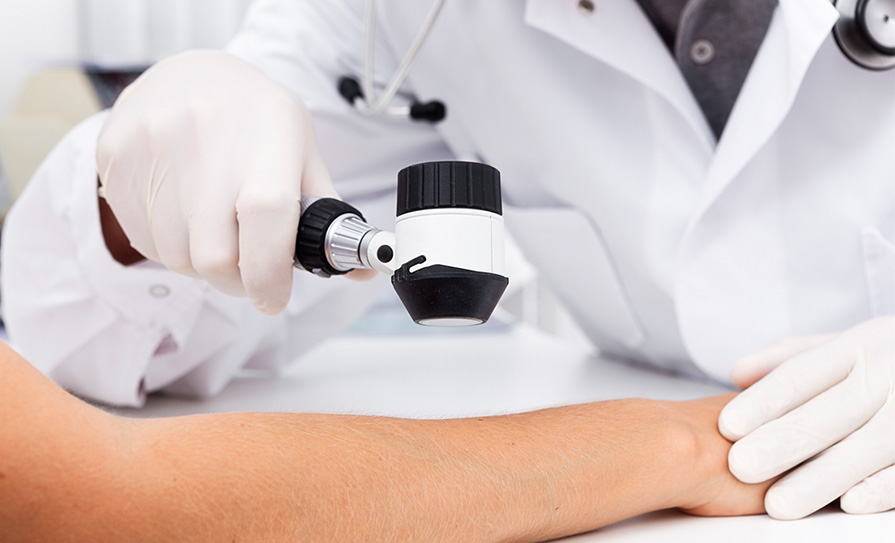
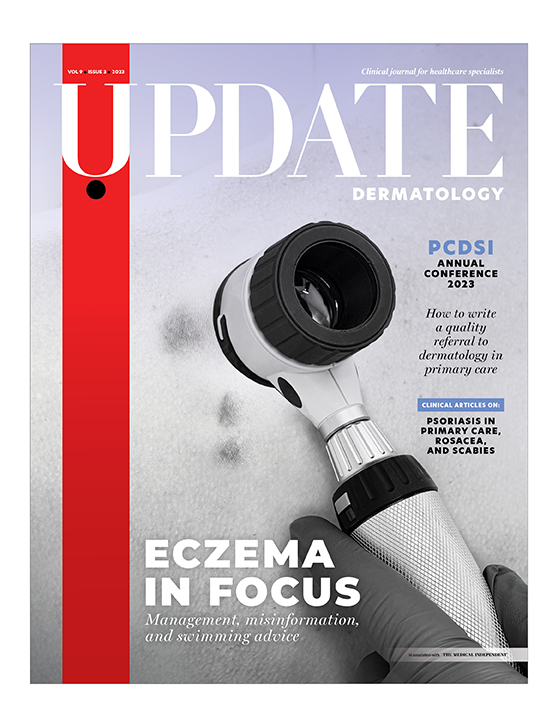




Leave a Reply
You must be logged in to post a comment.